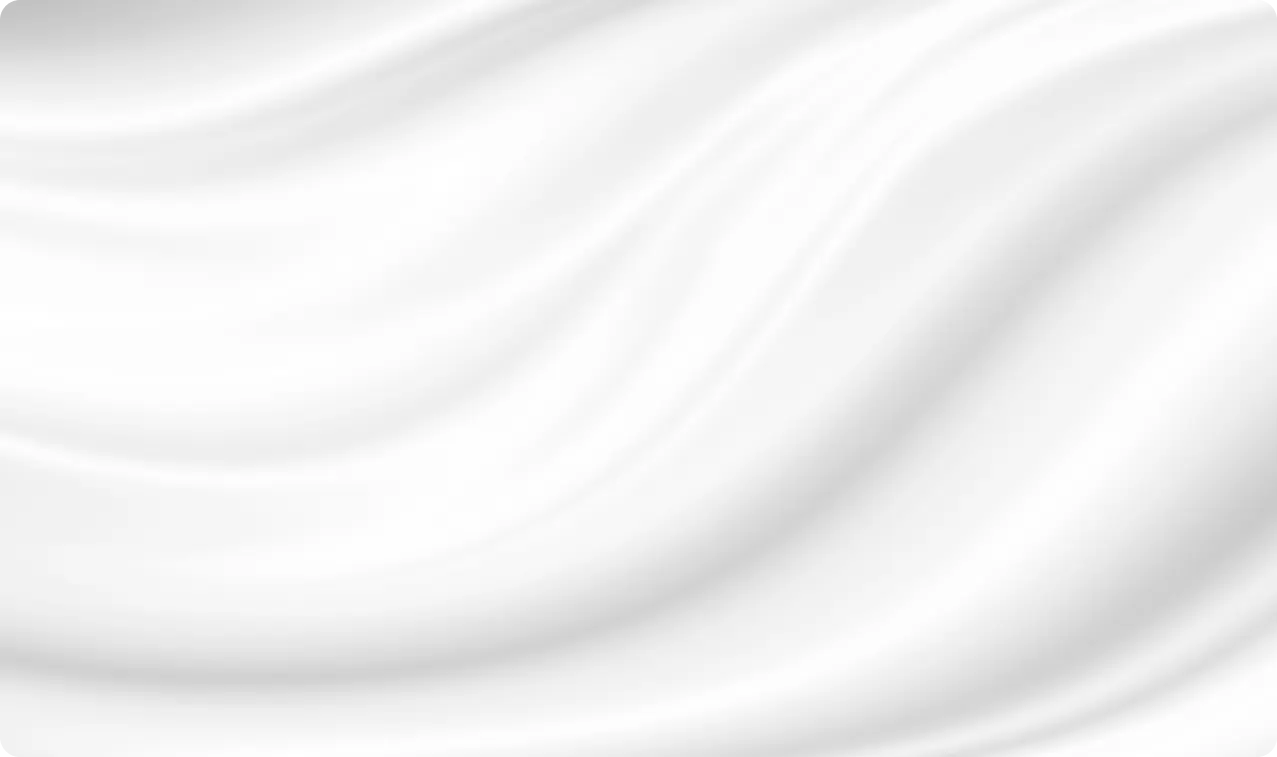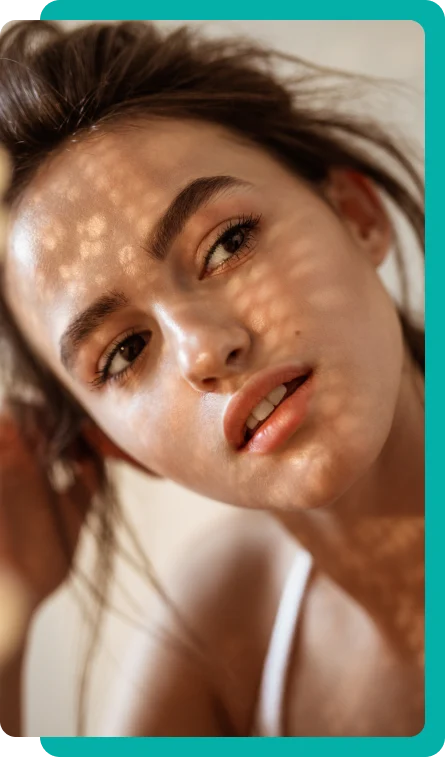For Patients
About
For Providers
Locations
Blog
Contact
Menu
If you’re looking for a non-invasive solution to beat the visible signs of skin aging, dermal filler treatment is definitely perfect for you. Using active ingredients like hyaluronic acid, dermal filler treatments add volume to your face and eliminate facial wrinkles such as marionette lines, smile lines, and nasolabial folds.
So how much dermal filler for nasolabial folds is needed to achieve the best results? On average, most syringes are filled with an amount of 1.0cc dermal filler injectable treatment. But that amount still varies on the needs of a patient.
The aging process is one of the factors that causes your skin to have volume loss, making it appear wrinkled or saggy. But aside from that, sun exposure and your lifestyle also plays a part in skin aging.
Common manifestations of skin aging in the face include marionette lines and smile lines or nasolabial folds. Facial filler treatments add volume to your face and smoothes out facial wrinkles using injectable filler treatments such as lip filler, nasolabial filler, cheek filler, tear trough filler, jawline filler, and forehead filler treatments.
If one of your beauty goals is to look radiant and youthful by eliminating nasolabial folds, nasolabial fold dermal filler treatment may be perfect for you. Depending on the severity of your facial wrinkles, nasolabial fold filler treatment is a cost-effective way to smooth out nasolabial folds without the downtime and incisions involved in plastic surgery procedures.
Nasolabial fold fillers are face fillers which are used to add volume to the skin around the smile lines, making it appear smoother and plumper in the process.
Nasolabial folds may be addressed by other plastic surgery procedures, but dermal fillers are what's typically recommended by dermatologists. Dermal fillers are non-invasive in nature which only results in minimal side effects and a short downtime period.
Dermal fillers stimulate collagen production in the skin which is why the skin appears to have a more natural effect after the treatment as compared to other non-invasive cosmetic procedures. While it doesn’t fully eliminate nasolabial folds, nasolabial fold fillers plump up the treatment area which smoothes out wrinkles in the process.
Nasolabial fold fillers are dermal fillers which are injected in the skin to stimulate collagen production. This restores the lost volume in the skin, making it appear softer and smoother. Restoring the lost volume in the treatment area also enhances your facial contours and affects the marionette lines.
There’s a wide range of dermal filler options to choose from for nasolabial filler treatments, but hyaluronic acid fillers are what’s commonly used, specifically Restylane and Juvederm. Hyaluronic acid filler treatments help restore the skin’s firmness and youthful glow by keeping the treatment area hydrated.
A custom treatment plan that’s designed to accommodate your aesthetic needs and beauty goals are created before the start of your first treatment. The amount of fillers vary from person to person, especially since there are differences in each person’s metabolism and lifestyle. Depending on certain factors, your body eventually dissolves nasolabial fillers so touch-ups are regularly required depending on your plastic surgeon’s recommendation
You may start your nasolabial fold filler treatments at an early age of 25 to 35 years old as this trains the treatment area to stimulate collagen production. In case you're worried about having to do constant touch-ups, some patients report their touch-up intervals are longer, since maintenance fillers may have a longer lasting effect than the original filler.
For severe facial wrinkles or nasolabial folds, surgery may be required to address severe wrinkling so it’s better to start your injectable filler treatments at an early age while your wrinkles are still manageable.
To achieve optimal results, some factors must be considered in determining the amount of dermal filler to treat your nasolabial folds such as the type of dermal filler procedure, location of your treatment area, and desired outcome.
On average, 1.0cc of nasolabial fold fillers is applied per side of the patient’s face. This means that 1 syringe is required for the treatment. At first, 0.5cc will be injected. The remaining amount of fillers in the syringe will be applied depending on the extent of necessary adjustments to avoid underfilling or overfilling the treatment site.
However, this depends on the type of dermal fillers applied to your nasolabial folds. While there are wide options to choose from, hyaluronic acid fillers are commonly used for nasolabial folds. The most recommended hyaluronic acid filler treatments for nasolabial folds are Juvederm and Restylane.
Juvederm and Restylane are both hyaluronic acid fillers, they only differ when it comes to their lasting effect and some specific components. Juvederm contains Lidocaine, a liquid anesthetic for pain and minimal discomfort during and after your dermal filler treatment.
Juvederm and Restylane have specific dermal filler procedures that specifically target nasolabial folds. While Juvederm usually requires 2 syringes of dermal fillers to achieve best results and Restylane requires 2 to 4 syringes, it still depends on the treatment plan appropriate for each person.
Your treatment plan depends on your personal lifestyle and aesthetic goals to ensure that you get your desired result. You will be able to remove every fine line and wrinkle around your face by using these dermal filler treatments shown below. The table below also shows the average amount of filler applied per treatment site.
| Type of HA Filler | Dermal Filler Procedure | Amount of Filler |
| Restylane | Restylane Refyne | 1.5 mL |
| Restylane Defyne | 1.4 mL | |
| Restylane Silk | 1 mL | |
| Juvederm | Juvederm Ultra XC | 1.5 mL |
| Juvederm Vollure XC | 2.3 mL | |
| Juvederm Voluma XC | 1 to 3 mL | |
| Juvederm Volbella XC | 1.2 mL |
It’s a widely acceptable fact that dermal fillers are not permanent solutions to the volume loss on your skin. How long the fillers will last depends largely on how long your body breaks down the compounds of a certain type of filler. Generally, nasolabial fold fillers may last for 6 months to several years, depending on how your body metabolizes it. Shown in the table below are how long each nasolabial fold fillers last.
| Type of Hyaluronic Acid Filler | Dermal Filler Procedure | Estimated Longevity |
| Restylane | Restylane Refyne | 12 months |
| Restylane Defyne | 12 months | |
| Juvederm | Juvederm Ultra XC | 12 months |
| Juvederm Vollure XC | 12 to 18 months | |
| Juvederm Voluma XC | 2 years |
Consistent touch-ups may be required to maintain the effects of your nasolabial fold filler. The interval of your succeeding treatments depend on how fast your body metabolizes the filler, and the amount is usually less than how much is injected during your first treatment.
Side effects are perfectly normal reactions of your body to the injectable treatment, but it’s up to you how to avoid it from causing further damage to your skin. Following your plastic surgeon’s care instructions for your nasolabial fold fillers is important to reduce side effects and ensure the longevity of your results.
Dermal filler treatment is the most recommended procedure to address nasolabial folds instead of other plastic surgery because of its minimal side effects. Although there’s still the risk of detrimental reactions from your body, these side effects are generally rare during this non-invasive procedure. The common side effects that may be expected after the nasolabial fold filler treatment are the following:
The side effects mentioned should subside within 2 to 4 days after the procedure. If it doesn’t, then you might want to inform your dermatologist about it for proper remedies to the side effect. If you experience the detrimental side effects of this procedure, you should immediately contact your doctor to consult how to address these concerns. Here are some rare side effects that should be reported and addressed by your plastic surgeon:
Just like in any dermal filler treatments, it’s important to give the filler some time to “settle in” your skin. Some swelling and bruising should be expected, but following your dermatologist’s care instructions would help reduce all of the side effects from the procedure.
Before you flaunt your rejuvenated looks, you might want to give your body some time to adjust to the newly-injected nasolabial fold fillers. To avoid experiencing further side effects, below are some aftercare tips during your recovery period to ensure that you get the best results from your nasolabial fold filler treatments:
Tissue death, commonly known as necrosis, may occur if your plastic surgeon isn’t a well-experienced aesthetic professional. Patients who undergo nasolabial fold filler treatments are at risk for this if the facial artery gets punctured by the dermal filler injection.
Here at Dr. Lanna Aesthetics, our extensively trained aesthetic professionals always assure you that we will provide safe aesthetic services to help you bring your best look to life. For your other skincare or aesthetic needs, we offer a wide range of aesthetic skin treatments for your specific needs, such as the following:

With over 10,000 aesthetic treatments before, you can trust Dr. Lanna Aesthetics to provide safe aesthetic services. Book an appointment with us and let’s discuss a custom treatment plan perfect for you.
Experience world-class treatments and aftercare from Dr. Lanna Aesthetics, NYC’s expert injector. To schedule a consultation, you may check out our website at http://doctorlanna.com/ . You may also contact us at (929) 565 - 7539.

Join Dr. Lanna & Dr. Doshi for a Transformation
Unlock the possibilities with our certified facial and oculofacial plastic surgeries. Attend our free webinar to find out how we can tailor solutions for you, with financing available to fit your budget.
